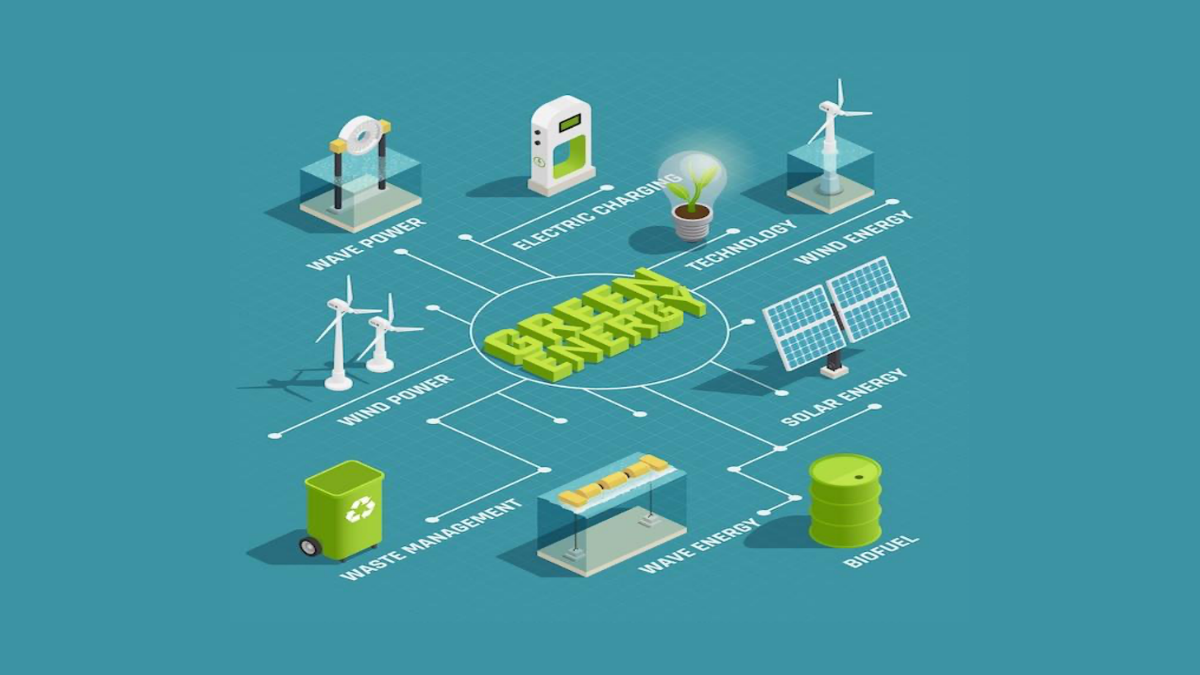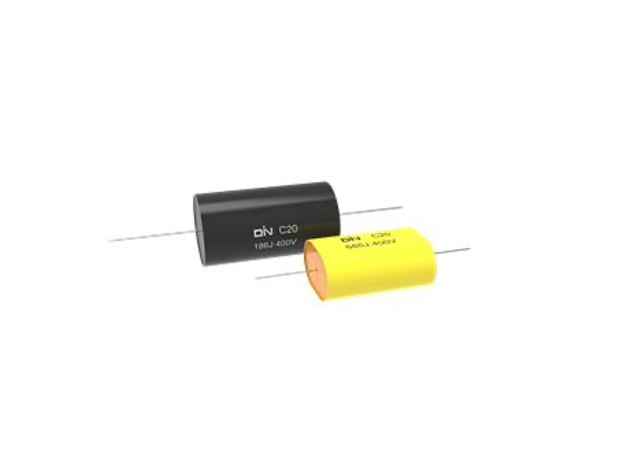
The global market size of the supercapacitor or ultracapacitor is estimated to end at USD 520 million by the completion of 2023 and is then projected to reach USD 912 million by 2027, rising at a CAGR, or compound annual growth rate, of 14.1% from 2023-2027.
The global transition towards clean energy and the rising demand for renewable energy solutions have led to significant growth in the supercapacitor market. Supercapacitors, or ultracapacitors, which offer higher power density than batteries and more energy density than traditional capacitors, are increasingly used in energy storage systems for solar and wind power plants, microgrids, and other applications. Their high specific capacitance and electrical stability make them ideal for solar photovoltaic panels, solar lighting, wind turbine pitch control, grid energy storage, and rail wayside systems, contributing to the market’s overall expansion.
In this article, we will elaborate on what exactly ultracapacitors are as well as how they become applicable to various domains such as solar power, wind power, and new energy vehicle.
Table of Contents
What is an Ultracapacitor?
An ultracapacitor, also known as a double-layer capacitor, boasts a significantly higher capacitance (in the range of thousands of Farads) than conventional electrolytic capacitors. These devices are ideal for scenarios requiring high currents in short durations, as they can be charged and discharged repeatedly. Although the voltage limit is 2.7V, multiple ultracapacitors can be connected in series to achieve higher voltage at the expense of increased internal resistance and reduced capacitance.
Unlike electrochemical batteries, ultracapacitors have an extended lifespan, retaining 80% of their capacity after a decade; however, excessive voltage can damage the ultracapacitor and shorten its lifetime. Notably, temperature fluctuations do not affect ultracapacitors as they do batteries.
Applications of Supercapacitors/Ultracapacitors
Let’s discuss the three significant applications of supercapacitors:
1. Solar Power
Solar power systems traditionally utilize batteries for energy storage, but their lifespan can be negatively impacted by fluctuations in power output from photovoltaic (PV) cells. These fluctuations interrupt the charging and discharging cycle, leading to irregular discharging and decreased battery life. Combining supercapacitors and batteries in a hybrid energy storage system (HESS) can address these issues by increasing energy density and mitigating battery stress.
The ultracapacitor acts as a buffer, protecting the battery from high power drain and extending its life. With unlimited life cycles, high power density, and fast charging times, supercapacitors complement batteries by supplying energy during peak power requirements, reducing the need for larger battery systems. Not only does this hybrid approach increase the overall efficiency and power quality, but it also lowers the operating and maintenance costs of the solar power system.
2. Wind Power
Wind power is a rapidly expanding renewable energy source, but its inherent variability in wind speed can lead to fluctuations in turbine output, impacting the overall power quality of the grid. Modern wind turbines use adjustable rotors and power compensation devices to mitigate these fluctuations; nevertheless, these solutions are limited in stabilizing active power. Energy storage equipment, incorporating short-term storage devices, can be utilized to suppress fluctuations in the critical 0.01 to 1 Hz frequency band, which helps improve the power quality of the grid.
Meanwhile, ultracapacitors offer an effective solution for stabilizing power in wind energy systems due to their high current charge and discharge capabilities and long lifespan. When wind speeds are high, energy is stored in the supercapacitor, discharging during fluctuations to smooth out the system’s output power, which results in a more efficient and reliable grid system better equipped to handle the challenges associated with wind power variability.
3. New Energy Vehicle
During the forecast period of 2023-2027, the supercapacitor market’s biggest segment is expected to be the automotive industry, which is equally predicted to experience the most rapid growth. Essentially, the rise of new energy-electric vehicles has generated a surge in demand for supercapacitors in the automotive sector. As a result, numerous automobile manufacturers worldwide are shifting from battery-powered electric vehicles to ultracapacitor-powered electric vehicles due to the scalability and wide operating temperature range that supercapacitors provide.

Choose DIN ELECTRONICS as a Reliable Supplier!
DIN ELECTRONICS is a reliable supplier of supercapacitors for several reasons; they offer various supercapacitors with different specifications to meet numerous application requirements; their supercapacitors are high-quality, durable, and have a long lifespan; their products have gained several certifications, including RoHS, REACH, and ISO9001.
Established in June 2001, DIN ELECTRONICS focuses on continuous R&D in new materials and technologies to maintain global competitiveness and offer customized, cost-effective solutions. Their main products, including safety capacitors, energy storage capacitors, high voltage resonance capacitors, and, of course, ultracapacitors, are used in various industries, such as electric power grids, smart metering, renewable energy, and intelligent households.